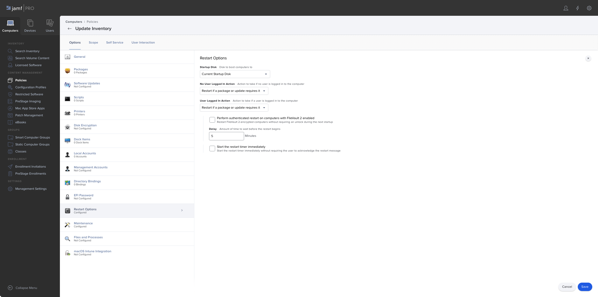Archive
Mac admin conferences in 2020
With COVID-19’s disruption of travel and public gatherings, a number of Mac admin conferences have made the choice to move to an online format. This change has meant that a number of conferences which previously required paying for tickets and travel costs have now become either much cheaper or free.
For those interested, here is the current list of conferences being held online between June and October 2020:
Penn State MacAdmins
Link: https://macadmins.psu.edu/campfire-sessions-2020/
Dates: June 4, 11, 18, 30 and July 9, 16, 23, 30
Cost: Free
MacDevOps YVR
Link: https://mdoyvr.com
Dates: June 10 – 12
Cost: CAD $135 (USD $97.74 as of May 29, 2020)
Apple WWDC
Link: https://developer.apple.com/wwdc20/
Dates: June 22 – 26
Cost: Free
Jamf Nation User Conference
Link: https://www.jamf.com/events/jamf-nation-user-conference/2020/
Dates: September 29 – October 1
Cost: Free
MacSysAdmin
Link: https://www.macsysadmin.se
Dates: October 2020 (exact dates not yet posted.)
Cost: Not yet announced
Identifying and deleting Jamf Pro inventory records with duplicate serial numbers
I recently saw an issue where several computers in Jamf Pro were showing up with the same serial number listed in their inventory records. This made it difficult to work with this serial number using the API because Jamf Pro Classic API calls may fail if we’re referencing the serial number in the API call and more than one inventory record exists with that serial number.
First off, how can this happen? Aren’t serial numbers supposed to be unique? They are, but there’s two instances where serial numbers may unfortunately be associated with more than one Mac.
Hardware repair:
When you send a Mac out for repair and the logic board is replaced as part of the repair, the Mac’s existing serial number is flashed onto the replacement logic board.
However, both the old and new logic boards have separate Unique Device Identifiers (UDID) associated with them. When enrolling a device into Jamf Pro, it is possible for a new inventory record to be set up if a device has:
- The same serial number listed in as an existing inventory record
- A UDID not found in other inventory records
Parallels macOS virtual machine:
macOS virtual machines set up by Parallels Desktop and other Parallels hypervisor products use the same serial number as the Mac which is running the Parallels hypervisor software. These VMs will likewise have separate Hardware UDIDs associated with them.
So what to do with these duplicate records? My recommendation is to delete them from your Jamf Pro server when you find them, especially if you do a lot of work using the API. To help with this task, a script has been developed to identify and delete unwanted duplicates. For more details, please see below the jump.
Removing restart options from all Jamf Pro policies in a specified category
As a follow-on to my previous post on removing the Restart Options section from Jamf Pro policies, I’ve written a script to target the policies in a particular Jamf Pro category. For more details, please see below the jump.
Slides from the “SAP In The Haus” session at Futureproof IT 2020
For those who wanted a copy of my talk at the Futureproof IT 2020 conference, here are links to the slides in PDF and Keynote format.
- PDF – https://tinyurl.com/FPIT2020PDF
- Keynote – https://tinyurl.com/FPIT2020Keynote
Removing the Restart Options section from Jamf Pro policies using the API
As part of setting up new Jamf Pro policies, the Restart Options section is automatically added to newly-created policies.

For policies which don’t need it though, this section should be removed as a best practice to avoid accidental triggering of a restart where one isn’t needed or wanted. In some cases, the options provided by this section are never needed and it may be useful to be able to remove the Restart Options section from all of your current Jamf Pro policies.
In those cases, depending on how many policies you have, it can be tedious to have to do them one at a time using the admin console. However, with the right API calls in a script, it’s straightforward to perform these tasks using the Jamf Pro API. For more information, please see below the jump.
Recent Comments